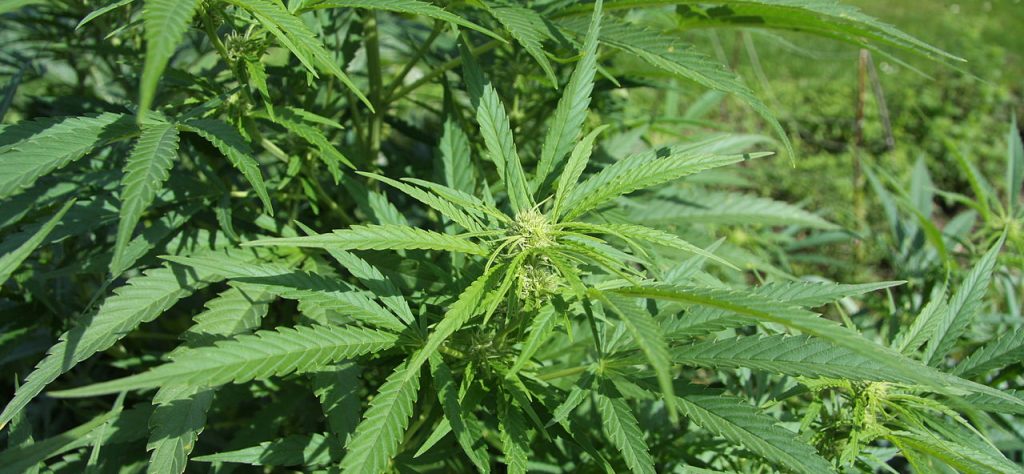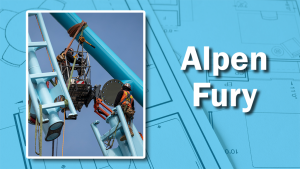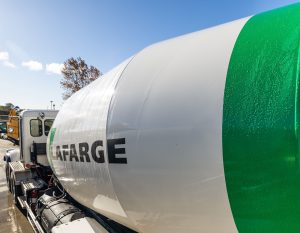MCW Hemisphere Ltd.’s James Furlong describes a high-tech marijuana growing facility as a greenhouse with aspects of a hospital patient room, housed on a high-security military base.
Such marijuana “grow ops” were the subject of BUILDEX Calgary’s session, A Prescription for Success: Engineering Insights for Medical Marijuana Production Facilities, which occurred earlier this month at the BMO Centre.
Engineering consultancy MCW Hemisphere has completed more than 10 marijuana-growing facilities thus far, with most of those located in New Brunswick and Nova Scotia.
“Currently, we’ve got four such facilities on the go out of our Calgary office, including one in Lethbridge and one in British Columbia,” Furlong, who is the managing principal for MCW in southern Alberta, explains.
“These are a new type of facility,” Furlong says, adding Health Canada has stipulated many rules and regulations to which authorized marijuana grow facilities must adhere to.
He estimates at least 90 per cent of Health Canada’s special requirements concern security. For example, Furlong explains, one must install burglar bars and the building’s mechanical is not to penetrate the envelope too much, minimizing points of possible illegal entry into the grow space.
“The most secure point in the facility is where the vault is located that stores the marijuana once it has been processed and is street ready. These vaults are more secure than bank vaults storing gold,” Furlong claims.
Beyond the special security measures, however, Furlong says high-tech marijuana growing facilities involve a host of other engineering and mechanical features to maximize producers’ crops.
“Marijuana is a finicky plant to grow. There’s a lot that can hamper a producer’s ability to get good and frequent yields,” Furlong says. “Contamination is a very real concern. We try not to introduce and expel air in the growing space. We re-circulate it.”
However, when a worker enters a grow space and needs fresh air, the system needs to be sufficiently adaptable to provide the required air and, also, to respond to changing humidity conditions once the re-circulated air becomes either too damp or too dry. Furlong adds the ability to maintain consistent humidity levels is essential to successful crop yields.
Moreover, there is infrastructure in place to carry out a mass disinfection if needed. Furlong cites features such as hose bibs and large floor drains in every room, each is constructed using moisture-resistant walls. The mechanical is also designed to provide a special “purge mode,” if air needs to be flushed out of a space.
Besides security, Health Canada has concerns about mold and mildew in grow-facility spaces. Furlong estimates about 10 per cent of Health Canada regulations concern air-filtering requirements so as not to contaminate the area surrounding a building.
Furlong and MCW Hemisphere Ltd. work under conditions of strict confidentiality.
“Every grower wants us to swear confidentiality, but they’re also not as different as they might think,” Furlong admits.
He notes existing technology has been used for agricultural research or in traditional facilities such as ice rinks and swimming pools have also been adapted to use in these marijuana grow centres. Over the past five years or so that MCW has been involved in this area, Furlong says he has learned many lessons. Among those is understanding the relationship between the amounts of light and water entering a space and the plants themselves.
There are also cost and engineering considerations as these buildings are often erected in remote, rural locales without access to water and sewer systems.
“If a project site is far away, redundancies need to be built in. ‘Spare parts’ need to be incorporated to ensure the facility will continue to function in case something goes down. You need to be able to run it for at least a day until help arrives,” Furlong says.
He notes cash flow is also different.
“Builders and designers have to be cognizant of budget as the money growers have to build a facility is what they have,” Furlong say, adding he has also learned that it’s essential to not “cheap out” on the humidity control.
With the amount of attention on medical marijuana and cannabis legalization these days, Furlong says, rather than there being a stigma to working with marijuana grow facilities, there’s something of a cache to it.
“It’s akin to when Prohibition ended. Everyone talks about it,” he laughs.
“Engineers love solving challenges, and there are lots of challenges with these buildings, so it’s very rewarding. While it’s incredibly stimulating, it’s also somewhat still forbidden, so there’s a fascination with it.”











Recent Comments
comments for this post are closed